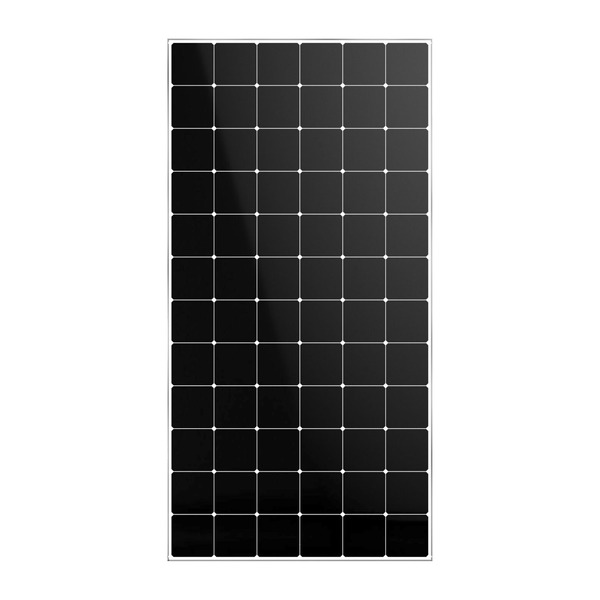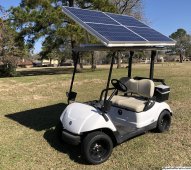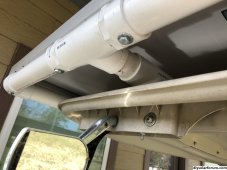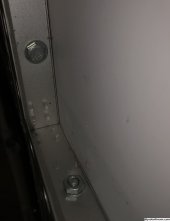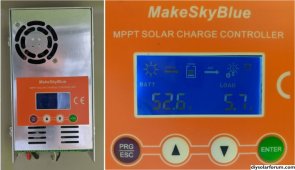dreaming mechanic
New Member
hello
i have a 48v Taylor dunn cart that i would like to install solar panels as a roof to charge it completly without having to charge it on the mains .I have done some researche on it and found some interesting videos and estimated that for a 6v 240ah battery it needs at least a 200w solar panel to charge it in a day .
But we don't have the original batteries so now we only have the cart and new batteries are too expensive for us so at moment i am using 4 52ah 12v car batteries . Originaly with the 240ah batteries it could go 24 miles on a single charge but with my batteries it goes about 2.3 miles on a charge which is perfect for transporting hay from our fields and stuff .So it would great to be able to charge it while i am loading it up in the fields and not polluting the air .
So i was thinking that a 405w 12v solar panel with a 48v genasun booster (like i have seen in some videos ) would be able to charge those four 52ah batteries in a day of full sun (5 to 7 hours ).
what does anybody think?
can i carry on using my car batteries ?
by the way my cart is a bo-210 taylor dunn
Thanks .
i have a 48v Taylor dunn cart that i would like to install solar panels as a roof to charge it completly without having to charge it on the mains .I have done some researche on it and found some interesting videos and estimated that for a 6v 240ah battery it needs at least a 200w solar panel to charge it in a day .
But we don't have the original batteries so now we only have the cart and new batteries are too expensive for us so at moment i am using 4 52ah 12v car batteries . Originaly with the 240ah batteries it could go 24 miles on a single charge but with my batteries it goes about 2.3 miles on a charge which is perfect for transporting hay from our fields and stuff .So it would great to be able to charge it while i am loading it up in the fields and not polluting the air .
So i was thinking that a 405w 12v solar panel with a 48v genasun booster (like i have seen in some videos ) would be able to charge those four 52ah batteries in a day of full sun (5 to 7 hours ).
what does anybody think?
can i carry on using my car batteries ?
by the way my cart is a bo-210 taylor dunn
Thanks .



